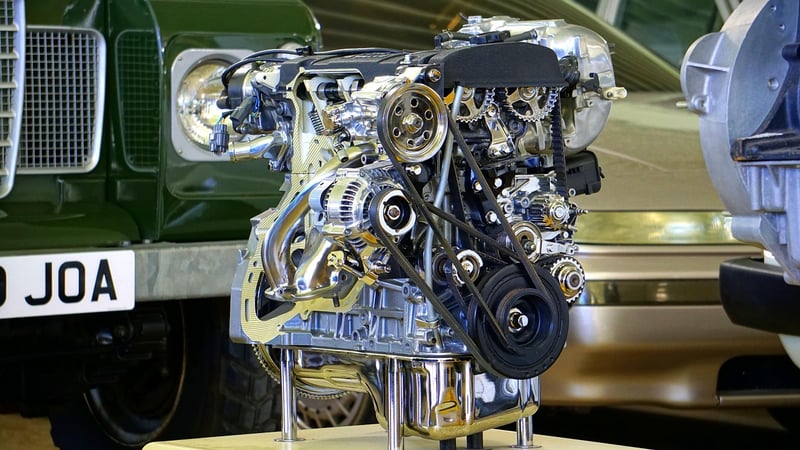Machine Prototypes
The Evolution of Concepts and Designs into Machine Prototypes
Turning innovative ideas into tangible products requires a well-thought-out process that involves transitioning from initial concepts and designs to functional machine prototypes. This journey is crucial in transforming abstract thoughts into concrete realities that can be tested, refined, and ultimately brought to market. Let's explore the fascinating evolution of concepts and designs into machine prototypes.
From Idea Generation to Conceptualization
It all begins with a spark of imagination. Inventors, engineers, and designers brainstorm and generate ideas that have the potential to address specific needs or solve existing problems. These ideas are then refined through sketches, renderings, and digital models to create comprehensive design concepts.
Design Refinement and Feasibility Analysis
Once the initial concepts are in place, a thorough design refinement process follows. This stage involves evaluating the feasibility of the design, considering factors such as functionality, manufacturability, and cost-effectiveness. Iterative improvements are made to ensure that the concept is optimized for further development.
Prototyping for Validation
With the design finalized, the next step is to create a prototype. Prototyping allows designers and engineers to test the functionality of the concept in a real-world setting. It helps identify potential flaws, refine features, and gather valuable feedback for future iterations.
Types of Prototypes
There are various types of prototypes, ranging from low-fidelity models for concept validation to high-fidelity prototypes that closely resemble the final product. Rapid prototyping technologies, such as 3D printing, enable quick and cost-effective creation of physical prototypes.
Iterative Development and Testing
Iterative development is a key aspect of the prototyping process. Designers iterate on the prototype based on test results and user feedback, continuously improving the product's performance and usability. This cyclical approach ensures that the final machine prototype meets the desired specifications.
Transition to Production
Once the machine prototype has undergone rigorous testing and refinement, it is ready for production. Manufacturers use the finalized design to scale up production and bring the product to market. Quality control measures are implemented to ensure consistency and reliability in mass production.
Conclusion
The evolution of concepts and designs into machine prototypes is a transformative process that requires creativity, technical expertise, and strategic planning. By following a structured approach from idea generation to production, innovators can bring their visions to life and make a meaningful impact in the world of technology and engineering.

Explore more about the fascinating world of machine prototypes and innovation here.
